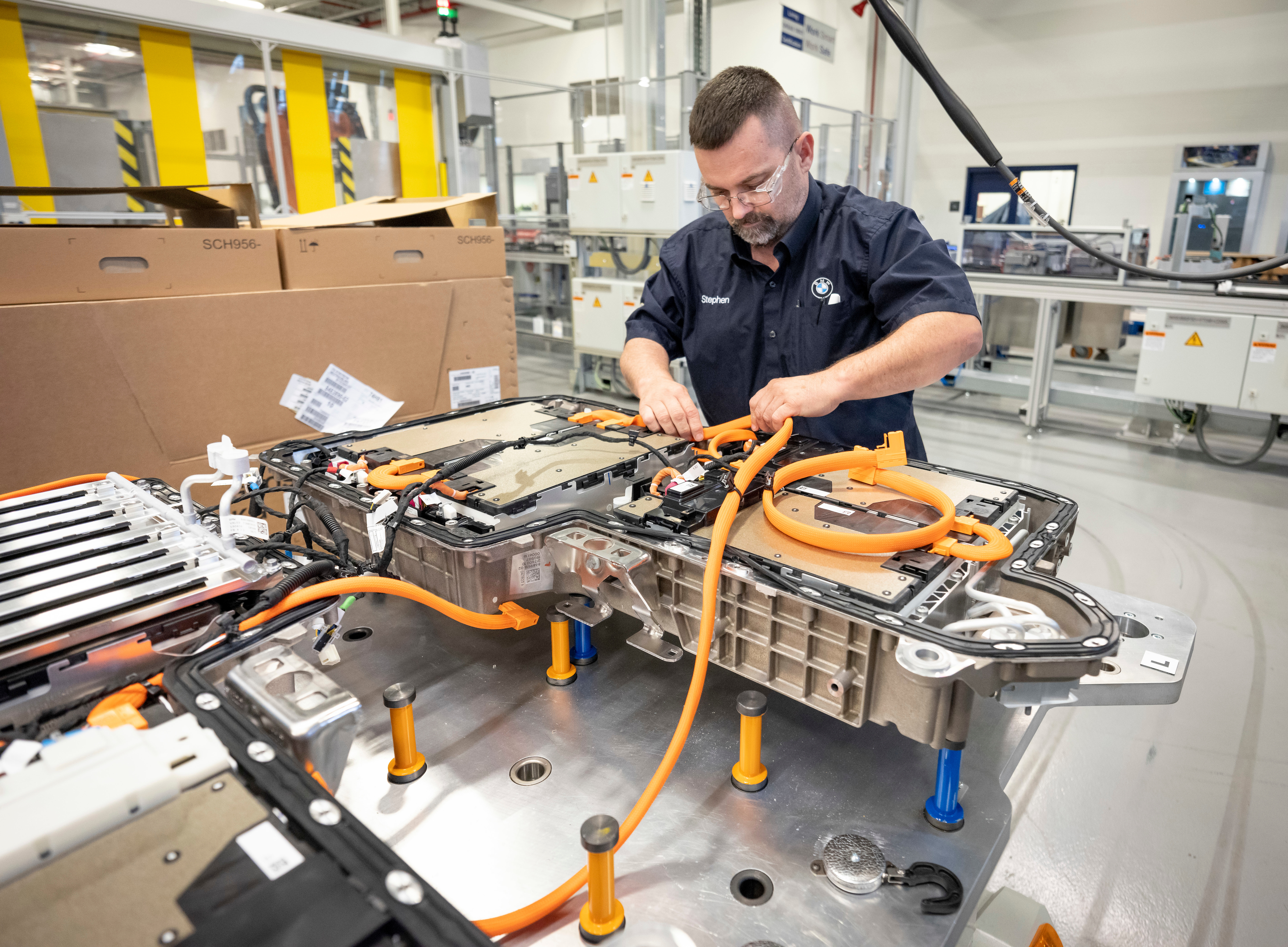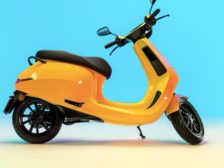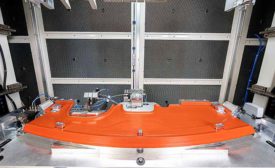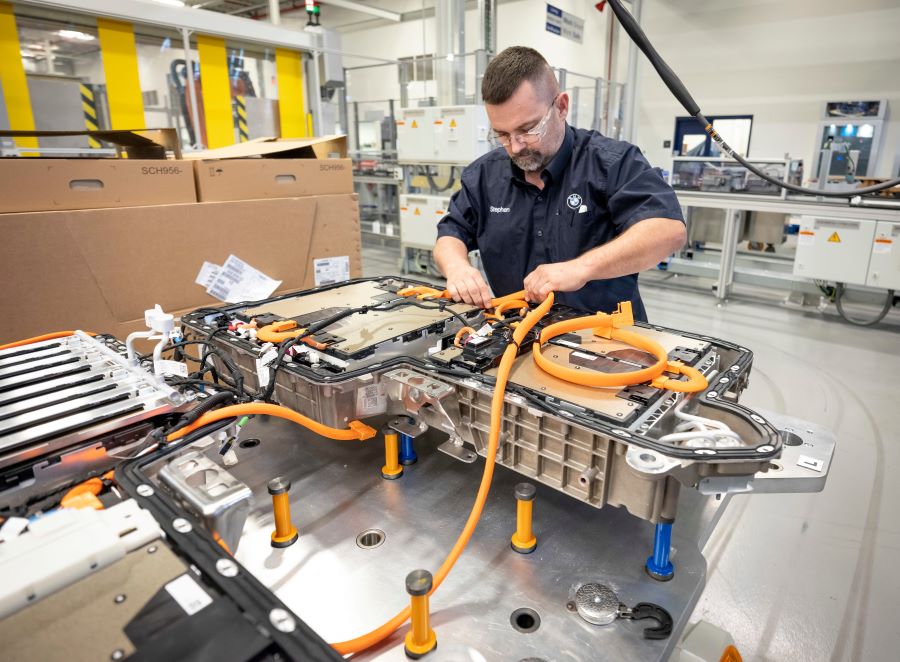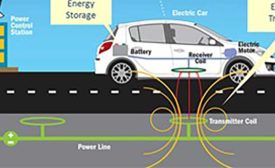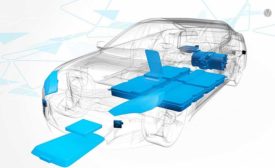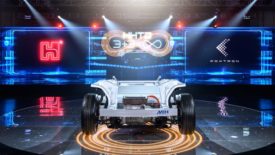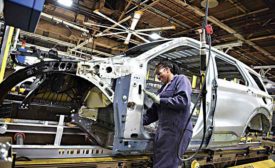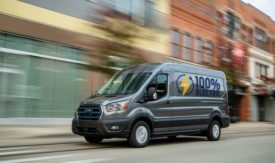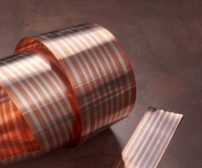Austin Weber
Austin has been senior editor for ASSEMBLY Magazine since September 1999. He has more than 21 years of b-to-b publishing experience and has written about a wide variety of manufacturing and engineering topics. Austin is a graduate of the University of Michigan.
ARTICLES
Vibration Welding Adapts to Shifting Demands
Additive manufacturing, electric vehicles and packaging are new applications for vibration welders.
February 8, 2021
New Technology for Dispensing Two-Part Materials
Electric vehicle applications are driving demand for automated equipment.
January 5, 2021
Never miss the latest news and trends driving the manufacturing industry
Stay in the know on the latest assembly trends.
JOIN TODAY!Copyright ©2024. All Rights Reserved BNP Media.
Design, CMS, Hosting & Web Development :: ePublishing

